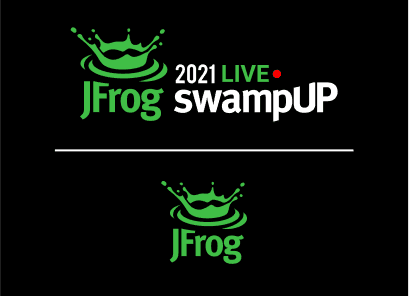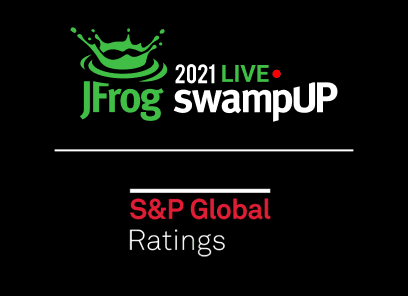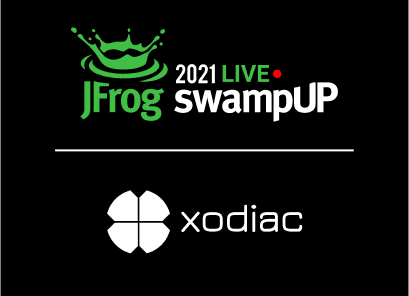The Stage is Set – Enabling Liquid Software in the Automotive Sector

On one hand, the automotive sector is driving massive innovations related to embedded systems development, and on the other hand is one of the most conservative sectors in software development.
This is about to end.
With the waves of disruptive changes in the automotive industry, liquid software will be nothing less than a fundamental requirement.
Video transcript
Hello, and welcome to the JFrog SwampUP 2021. My name is Alexander Denk, I’m working for BMW on our product Codecraft. This is our development platform for easy use. I’m working as DevOps engineer and in this role, I’m the service owner for our JFrog products as well as the deputy service owner for GitHub. I have coding experience since nearly 20 years now, a Master’s degree in computer science and I’m working for BMW since 2018. This is not by accident, as you can see in the picture of me driving my first car nearly 30 years ago, so you can expect a pretty long passion for cars. But I have not only a passion for cars, I have also a passion for software. And today, I want to talk that the stage is set for enabling liquid software for cars.








